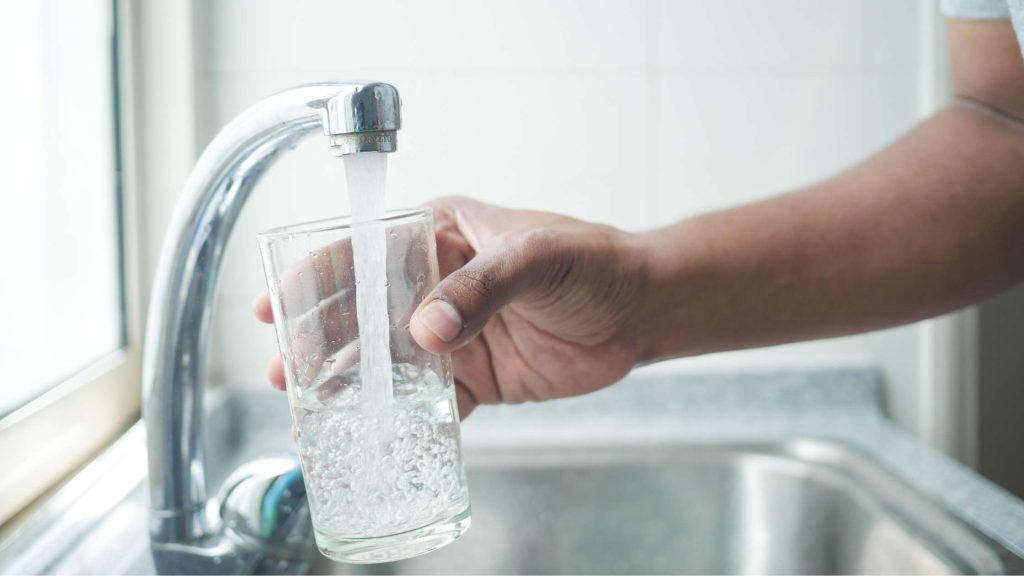Picture a crystal-clear stream, a symbol of purity, yet your well water might not share that same clarity. When selecting a well water treatment, it’s easy to make assumptions that all systems solve every problem, but that’s a pitfall you should avoid.
Many people skip essential water testing, leading them to choose ineffective treatments. They might also overlook the treatment’s compatibility with their current well system, risking inefficiencies. Understanding these common missteps can save them from future headaches and ensure their water’s safety. So, what should you focus on instead?
1. Testing Well Water Wrong
Accurate testing of your well water’s chemistry is crucial to ensuring the safety and effectiveness of any treatment system you choose.
Start with well water testing to identify the specific contaminants and conditions present. Use proper sampling techniques to avoid contamination and ensure reliable results.
Remember, seasonal variations can impact water quality, so it’s vital to test during different times of the year.
Laboratory analysis will provide a detailed breakdown of your water’s chemical composition, helping you make informed decisions.
Testing frequency should be consistent, at least annually, or more often if you notice changes or live near potential contamination sources.
2. Water Quality Assumptions
While testing your well water gives you vital insights, don’t assume all water issues are immediately apparent or that your water is automatically safe without proper analysis.
When transitioning to rural water sources, urban water expectations can lead to water quality misconceptions. You might expect pristine quality, but face well water surprises like rust, sediment, or odors. These rural water challenges require a tailored approach, as relying on general assumptions can result in ineffective solutions.
Treatment system limitations often arise from these misconceptions, as not all systems address every issue. Retail outlets may offer limited options that fail to meet specific needs, leading to frequent maintenance.
Always analyze your water thoroughly and understand your unique challenges before selecting a treatment system.
3. Not Understanding Water Chemistry
Understanding the chemistry of your well water is crucial for selecting the right treatment system and ensuring safe, palatable water.
Start by assessing the water pH, as it impacts everything from taste to corrosion potential. If your water is too acidic or alkaline, it could cause plumbing issues or affect your health.
Examine mineral balance closely—imbalances often lead to hardness issues, which can leave deposits on appliances and fixtures.
Don’t overlook potential chemical contaminants; these could pose serious health risks. Regular testing helps you identify any hazardous substances.
Lastly, pay attention to alkalinity levels, as they buffer pH changes and contribute to overall water stability.
4. Failure to Evaluate Well Pump Systems
When evaluating well pump systems, it’s crucial to consider the type of pump and its compatibility with your water treatment needs. You need to choose the right well pump type, such as a submersible or jet pump, based on your specific requirements.
Proper installation techniques ensure the system operates efficiently and minimizes the risk of damage. Pressure management is also vital in maintaining consistent water flow and preventing system strain.
To ensure a well-functioning system, follow these steps:
Check System Compatibility: Ensure your pump aligns with existing pressure tanks and treatment systems.
Establish Maintenance Schedules: Regular upkeep prevents breakdowns and prolongs lifespan.
Assess Installation Techniques: Correct installation is critical for optimal performance and longevity.
5. Not Identifying Root Water Problems
Accurately identifying the root causes of water issues is essential for selecting the right treatment system and ensuring safe, clean water.
Begin with a root cause analysis to differentiate between symptoms and underlying problems. For example, rusty water might indicate high iron levels, requiring a specific diagnosis.
Symptom identification helps pinpoint issues like odors or stains, guiding you toward effective solutions. Conduct a thorough water problem diagnosis to determine the exact contaminants present.
Evaluate treatment effectiveness by matching the identified issues with appropriate systems. Remember, no single system can solve every problem.
Therefore, the importance of expert consultation can’t be overstated. Consulting professionals ensure you choose a system tailored to your water’s unique challenges, guaranteeing better health and longevity of your equipment.
SafeWell: Your Partner in Custom Water Treatment Solutions
At SafeWell, we know how vital clean and healthy water is for you and your loved ones. That’s why our dedicated team provides personalized solutions that guarantee the removal of harmful contaminants from your well water, ensuring a safer and healthier lifestyle for your family.
With our expertise and commitment to quality, we assess your specific needs through thorough water testing and analysis. This ensures that we design a well water treatment system that meets your requirements and promotes long-term health and sustainability.
Count on SafeWell to help you achieve pure, worry-free water for all your needs.



